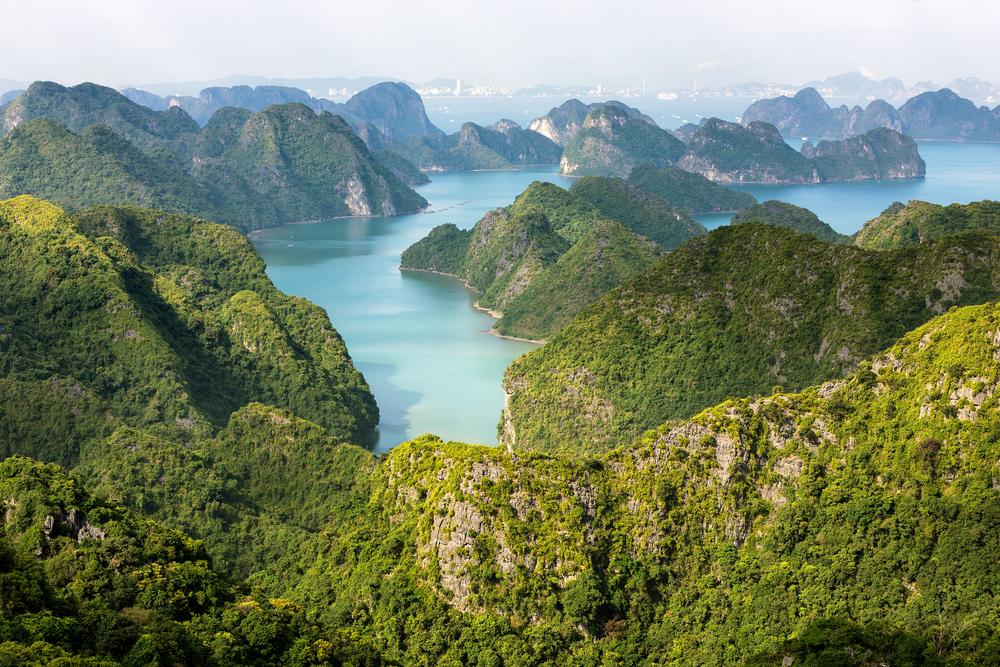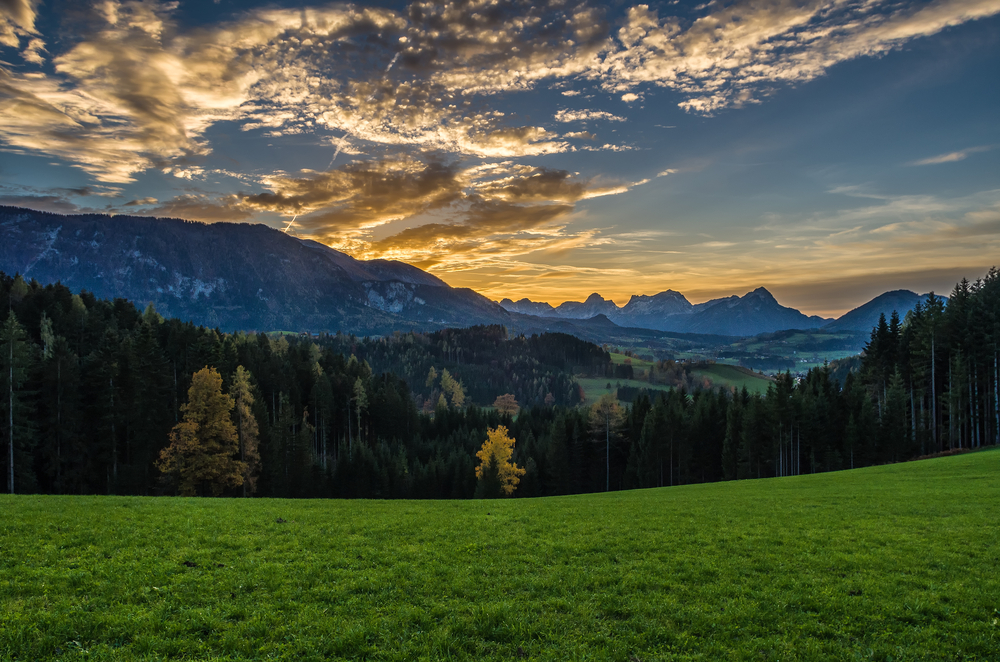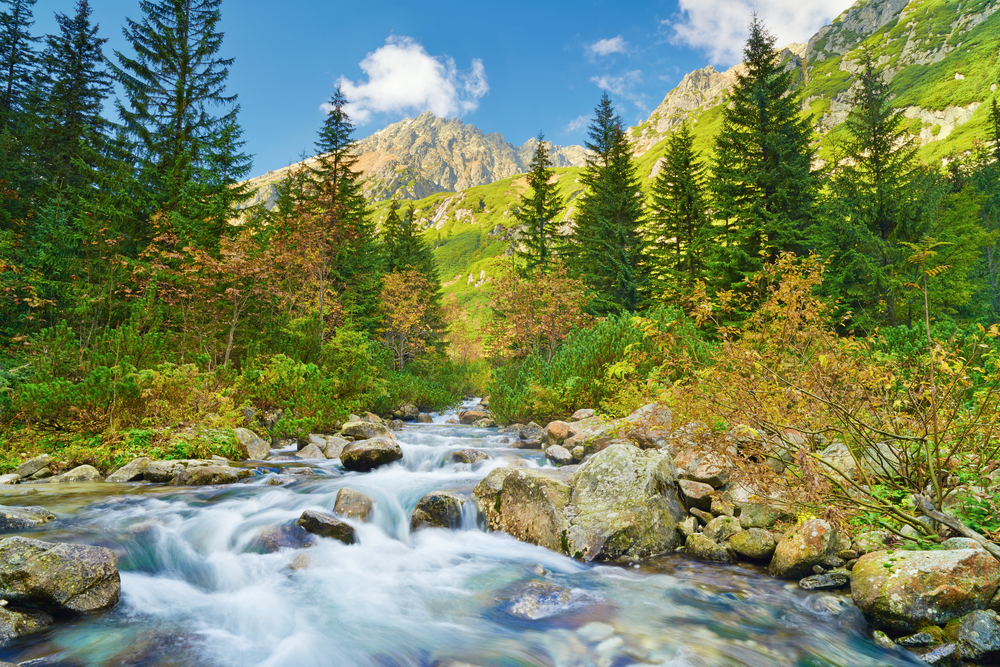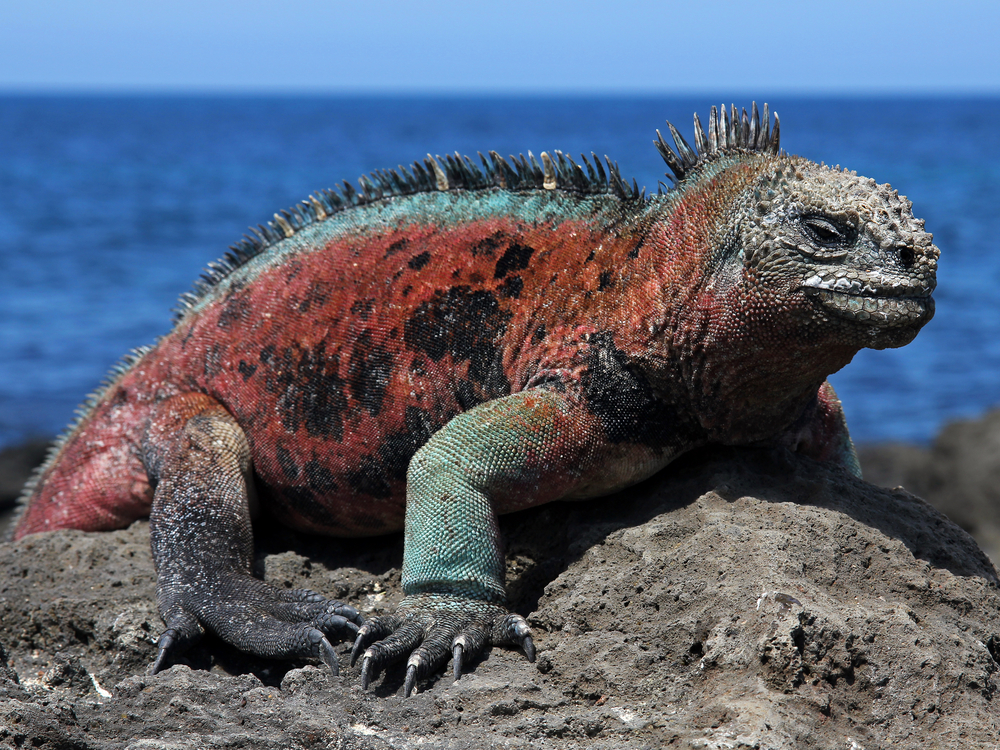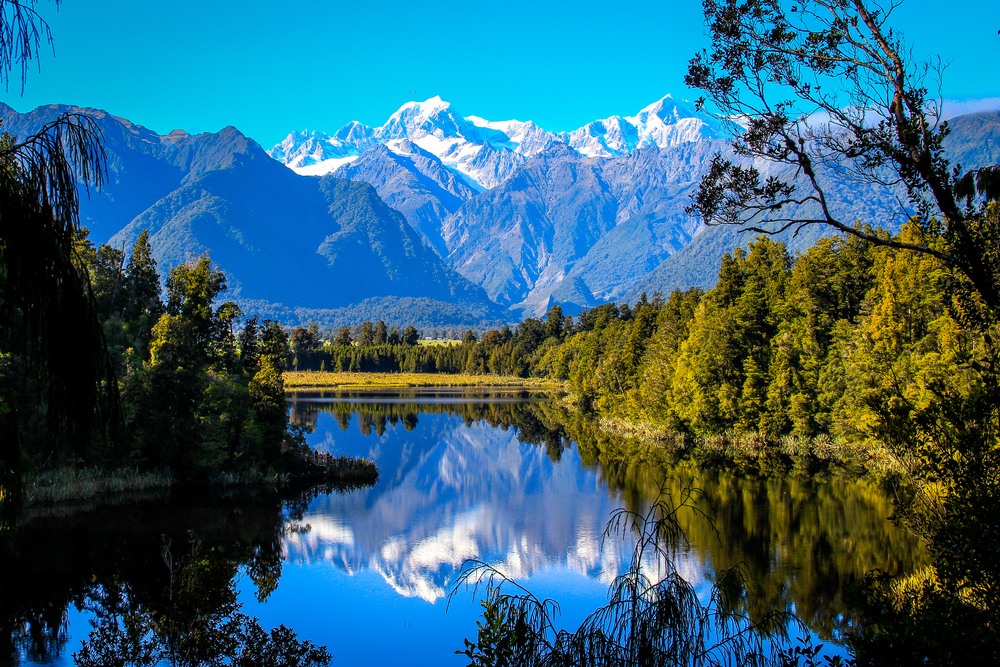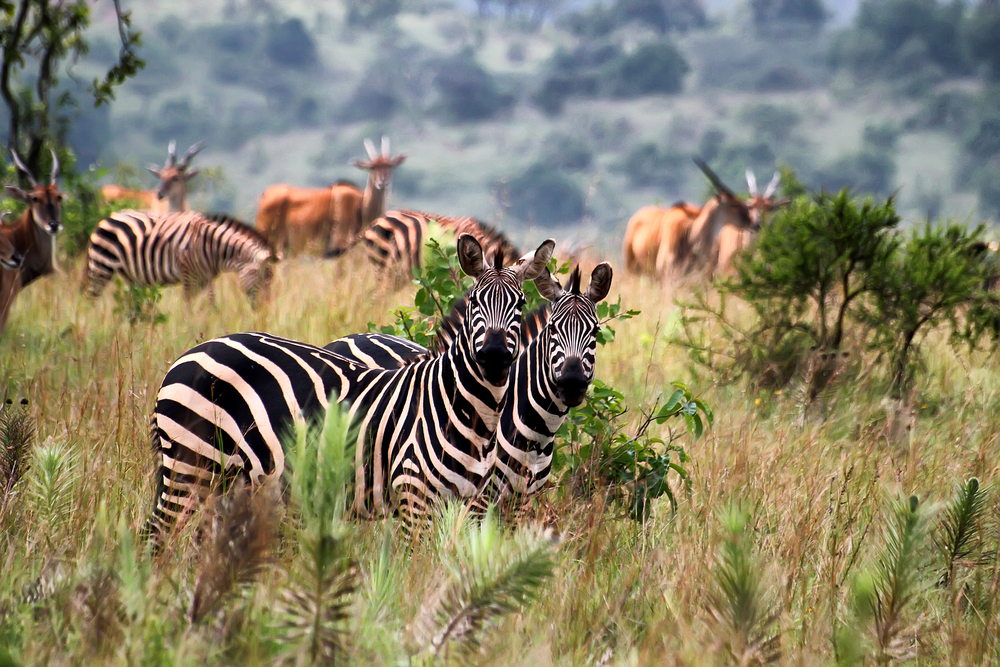Akagera Overview
Akagera National Park, located in the northeastern part of Rwanda, is a stunning protected area that spans approximately 433 square miles (1,122 square kilometers). Established in 1934, the park is renowned for its diverse ecosystems, rich wildlife, and scenic landscapes. Named after the Akagera River that flows along its eastern boundary, Akagera National Park is a mosaic of rolling hills, savannahs, wetlands, and lakes, making it a unique and captivating destination for nature enthusiasts.
The landscape of Akagera National Park is characterized by its savannah plains, interspersed with acacia woodlands, swamps, and a network of lakes and rivers. The park’s varied terrain supports a wide range of habitats, each teeming with different species of flora and fauna. The eastern part of the park is dominated by a series of lakes, including Lake Ihema, the second-largest lake in Rwanda, which provides a vital water source for the region’s wildlife.
Akagera National Park is home to an impressive array of wildlife, making it a prime destination for safari adventures. Visitors can expect to see the Big Five: lions, leopards, elephants, buffalo, and rhinoceros. In addition, the park boasts healthy populations of giraffes, zebras, hippos, and various species of antelope, including the topi and eland. The reintroduction of lions in 2015 and black rhinos in 2017 has restored Akagera’s status as a Big Five park, significantly enhancing its appeal for wildlife enthusiasts.
Birdwatchers will find Akagera National Park a paradise, with over 480 bird species recorded. Notable birds include the shoebill stork, papyrus gonolek, and the majestic African fish eagle. The park’s wetlands and lakes attract a variety of waterfowl, making it an excellent location for birdwatching and photography.
Exploring Akagera National Park offers a range of activities and experiences. Guided game drives provide opportunities to see wildlife up close and explore the park’s diverse landscapes. Boat trips on Lake Ihema offer a unique perspective of the park’s aquatic habitats and the chance to see hippos, crocodiles, and numerous waterbirds. For those seeking a more immersive experience, guided walking safaris are available, allowing visitors to explore the park on foot and gain a deeper understanding of its ecosystems.
Conservation efforts in Akagera National Park are focused on preserving its unique ecosystems and protecting its diverse wildlife. The park faces challenges such as poaching and habitat degradation, but ongoing initiatives aim to mitigate these threats. Efforts include anti-poaching patrols, community engagement programs, and sustainable tourism practices. By involving local communities in conservation activities and promoting eco-friendly tourism, these initiatives help ensure the long-term protection of the park’s natural resources.
Akagera National Park also holds cultural significance. The park is located near several traditional Rwandan communities, where visitors can learn about the local culture and traditions. These communities have a deep connection to the land and its wildlife, and their traditional knowledge and practices are integral to the park’s conservation efforts. Engaging with the local culture through community-based tourism initiatives adds a rich cultural dimension to the visit.
In summary, Akagera National Park is a spectacular savannah that showcases the rich biodiversity and stunning landscapes of Rwanda. Its diverse ecosystems, abundant wildlife, and vibrant birdlife make it a must-visit destination for nature enthusiasts and eco-tourists. The park’s commitment to conservation and community involvement underscores its importance as a model of sustainable environmental management. Whether exploring the savannahs on a game drive, cruising the lakes on a boat trip, or engaging with the local culture, visitors to Akagera National Park will be captivated by its natural beauty and ecological significance
Park Map
Akagera National Park Highlights


Share your clicks with us
You can now upload photos of national parks with just few steps.


























